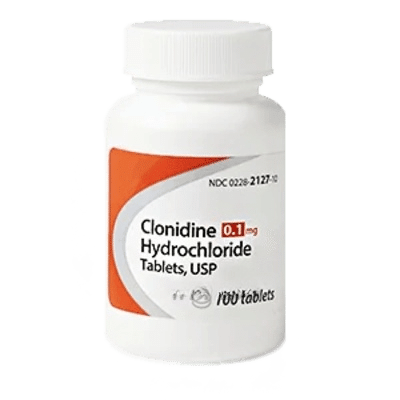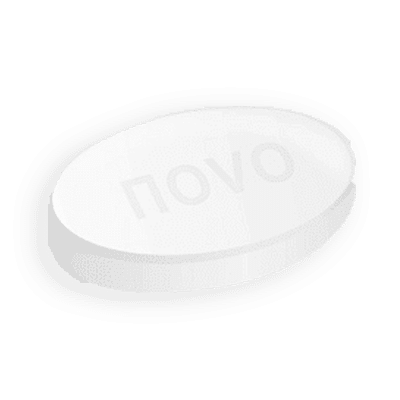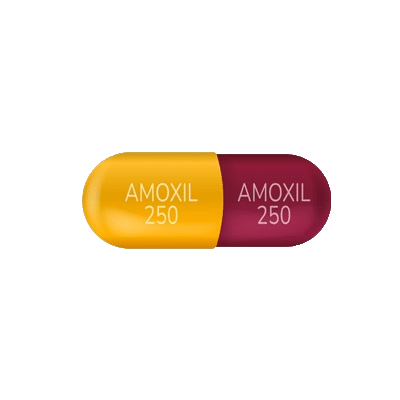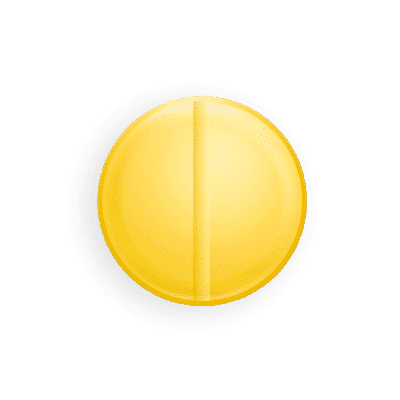I have been taking clonidine for several months now to control my blood pressure. At first there were some minor side effects, but they soon passed and now I feel much better. Together with lifestyle changes, this has been a great solution for me.

Clonidine
- Discreet shipping
- Pay with crypto
- Quality products
- BTC,
- ETH,
- USDT,
- USDC
What is it?
Clonidine is a drug that is often used to treat hypertension. It can be used either as a tablet to take orally or as a patch to apply to the skin. The main action of clonidine is to change the concentration of certain chemicals in the blood and stimulate alpha-2 adrenergic receptors in the brain. This leads to a decrease in the transmission of nerve impulses from the brain to other parts of the body, which in turn reduces peripheral vascular resistance, renal vascular resistance, heart rate, and blood pressure. This action allows for effective control of the patients blood pressure.
Frequently asked questions
Composition
Clonidine contains the active substance Clonidine, which affects the receptors of the circulatory system and brain.
- The main component: clonidine hydrochloride, which is responsible for lowering blood pressure.
- Excipients: they may vary depending on the form of release and manufacturer, but usually include stabilizers, fillers and agents that increase the bioavailability of the drug.
- Official patches with clonidine may contain auxiliary components for better adhesion to the skin and gradual release of the active substance.
Each component is selected taking into account its role in ensuring the stability and effectiveness of the drug.
How to use?
The use of clonidine depends on the form of release and the patients health condition. As a rule, it is taken twice a day in tablet form, but the dosage can be changed depending on the reaction of blood pressure. It is important to remember that you should not adjust the dose on your own, it is important to follow the doctors instructions.
- The tablets are usually taken twice a day, but the exact dose is determined by the doctor, based on the patients health condition and his response to treatment.
- The patch with clonidine is glued to the hairless area of skin on the upper arm or torso. Each patch is effective for 7 days, after which it must be replaced with a new one, gluing it to a different part of the body to prevent skin irritation.
- When changing the patch, it is important to observe hygiene standards and avoid reusing the same area of skin, so as not to cause skin irritation.
How does it work?
The action of clonidine is based on the influence on the central nervous system. It activates alpha-2 receptors in the brain, which leads to a decrease in sympathetic nervous transmission. This, in turn, reduces the activity of neurons responsible for vasoconstrictor signals and promotes vasodilation.
Thus, clonidine reduces the total peripheral vascular resistance, lowers blood pressure and facilitates the work of the heart. It can also reduce the number and intensity of impulses transmitted through the nervous system, which reduces the risk of crises. As a result of its use, patients with arterial hypertension experience a stable decrease in pressure without sudden jumps.
Indications
Clonidine is used for certain medical conditions that lead to high blood pressure. It is effective for:
- Treating hypertension, improving blood pressure readings and reducing the risk of complications.
- Preventing hypertensive crises, which can be life-threatening for patients with chronic hypertension.
- Reducing stress-induced increases in blood pressure, due to its effect on the central nervous system.
- Stabilizing the condition of patients with chronic circulatory diseases.
Each case requires an individual approach, and the decision to use the drug should be made together with a doctor.
Contraindications
Despite the effectiveness of clonidine, there are certain conditions in which its use is contraindicated. Patients should be attentive to the following contraindications:
- Hypersensitivity to clonidine or any components of its formula - this may cause an allergic reaction.
- Sick sinus syndrome, as the drug may aggravate the condition.
- Heart block grades II and III, which can lead to undesirable effects on cardiac activity.
- Acute myocardial infarction and Raynauds syndrome are conditions that require special caution when prescribing clonidine.
- Renal failure, endogenous depression and other serious conditions that require careful medical supervision.
Side effects
Like any medicine, clonidine can cause side effects. These reactions can be of varying severity and require the attention of a medical professional.
- One of the most serious side effects is an allergic reaction, which can manifest itself in the form of hives, difficulty breathing, and swelling.
- Some patients may experience changes in heart rhythm: an accelerated or slow heartbeat.
- Other complaints may include rapid weight gain, swelling, and confusion, which is a reason to contact a doctor.
- Rare side effects include hallucinations, fever, and a significant decrease in urination, which also requires emergency medical attention.
Clonidine Reviews and Experiences
I have used clonidine patches and am pleased with their effectiveness. I apply them once a week and do not worry about pressure surges. It is convenient and does not interfere with everyday life, plus I have forgotten about constant trips to the pharmacy.
My friend was prescribed clonidine in tablets and he said that his results were excellent. Despite initial concerns about possible side effects, his body accepted the drug well. Now he controls his blood pressure without any sudden changes, and this is incredibly pleasing.



